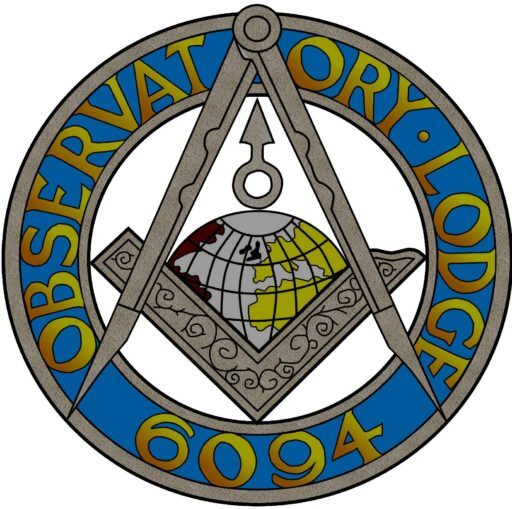A ‘Quick’ History of Freemasonry
The history of Freemasonry is generally separated into two time periods: before and after the formation of the Grand Lodge of England in 1717. The facts and origins of Freemasonry before the Grand Lodge existed are not absolutely known and are still subject to intense speculation. Most Masonic scholars believe that it descends from the emergence of organised lodges of operative stone masons who built the cathedrals and castles of the Middle Ages, but in its ritual context Freemasonry employs an allegorical myth – that the fraternity was founded by the builders of King Solomon’s Temple in Jerusalem. Other popular theories as to the origins of Freemasonry include: it is a direct descendant of the Knights Templar; the construction of the Rosslyn Chapel in Scotland being the interface between the Knights Templar and Freemasonry; it was created by Francis Bacon, Oliver Cromwell or Stuart pretenders to the British Crown; it was a result of Sir Christopher Wren and the rebuilding of St. Paul’s Cathedral.
‘Antients’ and ‘Moderns’
Throughout the early years of the new Grand Lodge many Lodges never affiliated with it. These independent Masons and Lodges were referred to as ‘Old Masons’, ‘St. John Masons’ or St. John Lodges’. In 1725 a lodge in York founded the rival Grand Lodge of All England in protest against the growing influence of the Grand Lodge of England and in the 1730s and 1740s antipathy between the two Grand Lodges, and those of Scotland and Ireland, increased when some Masons considered the Grand Lodge of England to have deviated considerably from the ancient practices of the Craft.
Things rose to a head, when, in 1751, representatives from a group of mostly Irish unaffiliated Lodges met at the Turk’s Head Tavern in Greek Street, Soho – to form the Grand Committee of a new, rival Grand Lodge, which they call The Most Antient and Honourable Society of Free and Accepted Masons. This society – ‘The Antients’ – practiced a more ancient form of Masonry, which they considered to be purer and more authentic and grew rapidly under the influence of Laurence Dermott, who was Grand Secretary from 1752 to 1771 and Grand Master intermittently after. The Antients referred to those affiliated to the Grand Lodge of England using the derogatory epithet ‘The Moderns’.
Union
In the 1790s relations between these two major English Freemasonry bodies thawed, and on 27 December 1813 (the day of Saint John the Evangelist), after four years of negotiations the Grand Lodge of England and Antient Grand Lodge of England came together to form the United Grand Lodge of England (UGLE) with the Duke of Sussex as Grand Master.
The Observatory Lodge No. 6094 was sponsored in 1945 by Herschel Lodge No. 1894, the names of both Lodges having being adopted in honour of the memory of Sir William Herschel. Herschel was a professional musician who became Astronomer Royal to H.M. King George III and who discovered the planet Uranus initially naming it “The Georgian Planet” after his Royal patron, before subsequently renaming it after Uranus the sky God. He also discovered several moons around other planets and compiled a catalogue of some 2,500 other celestial objects that is still in use today and whose residence in Windsor Road was subsequently demolished along with the Slough Centre in the 1960’s during the Council’s forward-looking refurbishment plans.
All of the founder members of the Lodge were past masters and Brethren of Herschel Lodge, fortunate in having the advice and guidance of W. Bro B. Palmer unanimously elected the first Secretary of Observatory Lodge to whom the due credit for the successful foundation of the Lodge must be acknowledged.
The Warrant of the M.W. Grand Master was granted on 2nd May 1945. At the Consecration meeting conducted by R. W. Bro Major-General the Rt. Hon Lord Burnham C.B., D.S.O, T.D as Provincial Grand Master for the Province of Buckinghamshire, there were six propositions for Initiation and one joining member.
The Lodge logo was designed by committee led by W.Bro Rev. T. Prentis and used for the summonses and later on past masters jewels.
The regular meetings originally authorised were five in each year to be held on the second Wednesday of February (Installation), March, October, November and December to be held at the Masonic Hall, Church street in Slough. In December 1949 it was decided to add one additional meeting each year, this being to include the second Wednesday in April.
